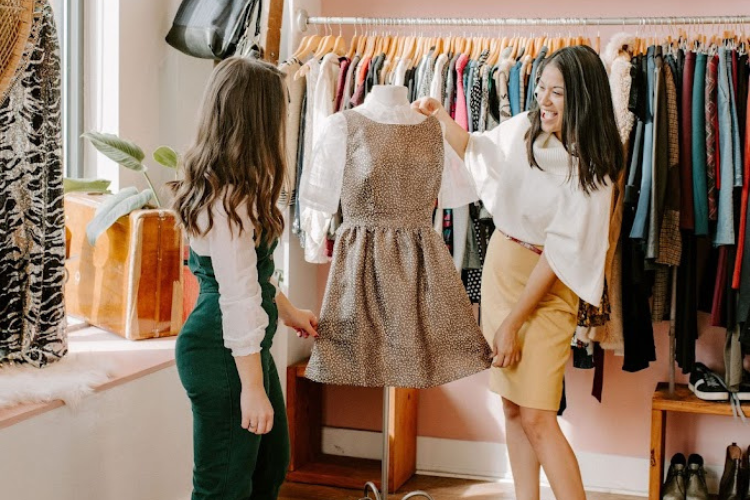A consignment agreement form is a legal document that outlines the terms and conditions of a...
2024 Copyright. All rights reserved. Privacy policy. Terms.

2024 Copyright. All rights reserved. Privacy policy. Terms.